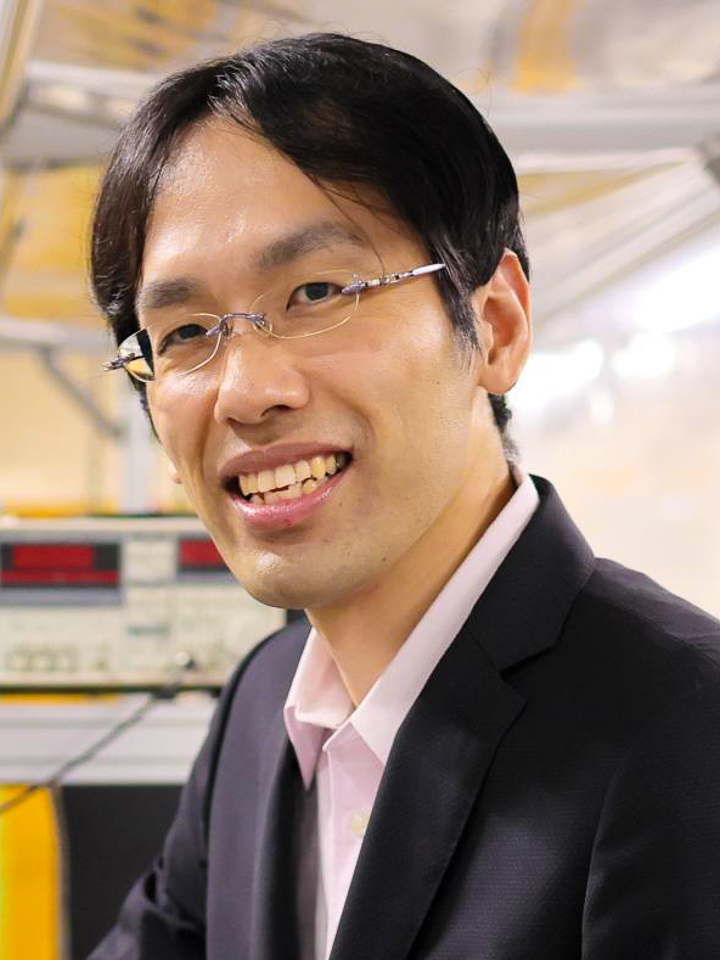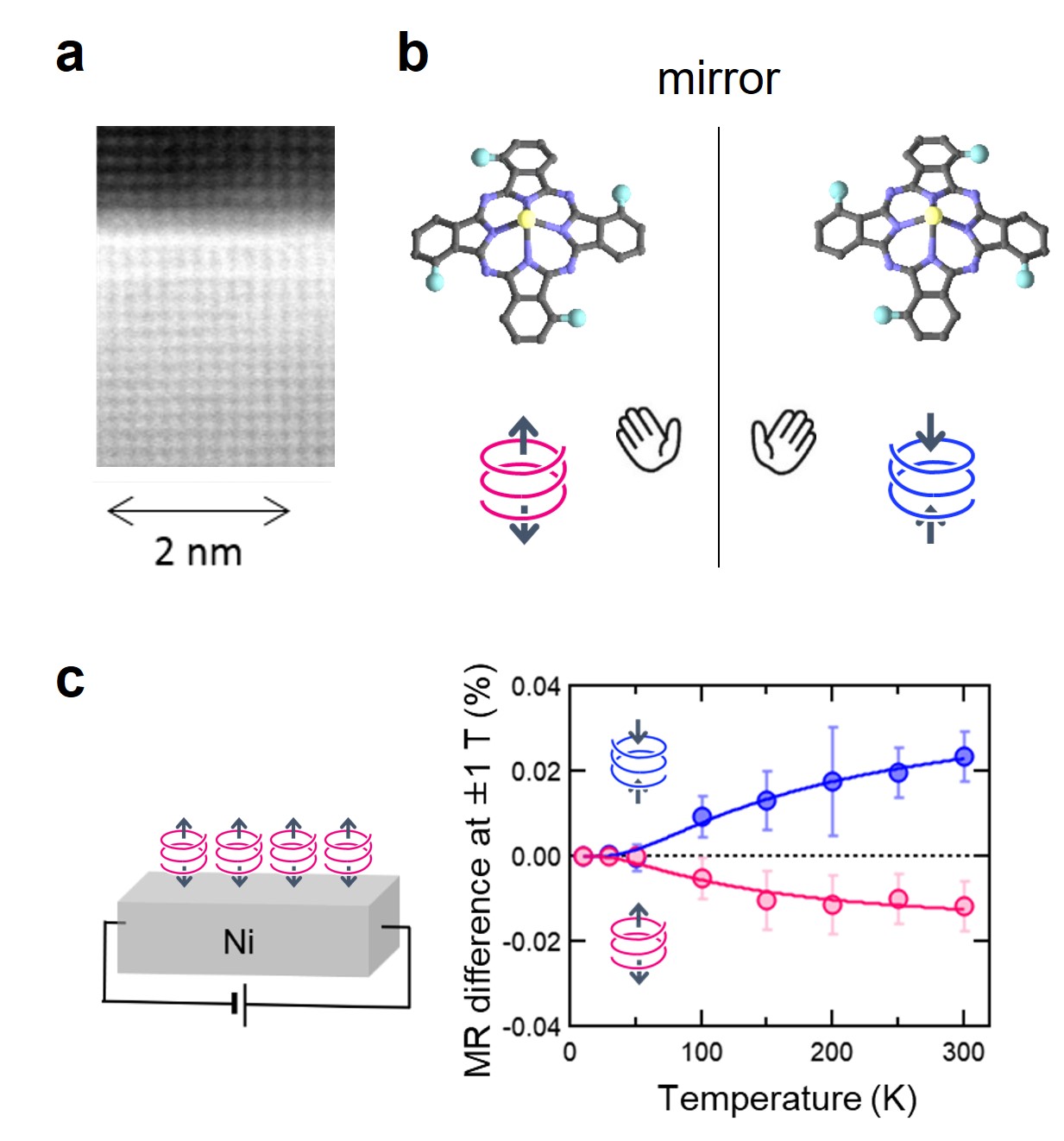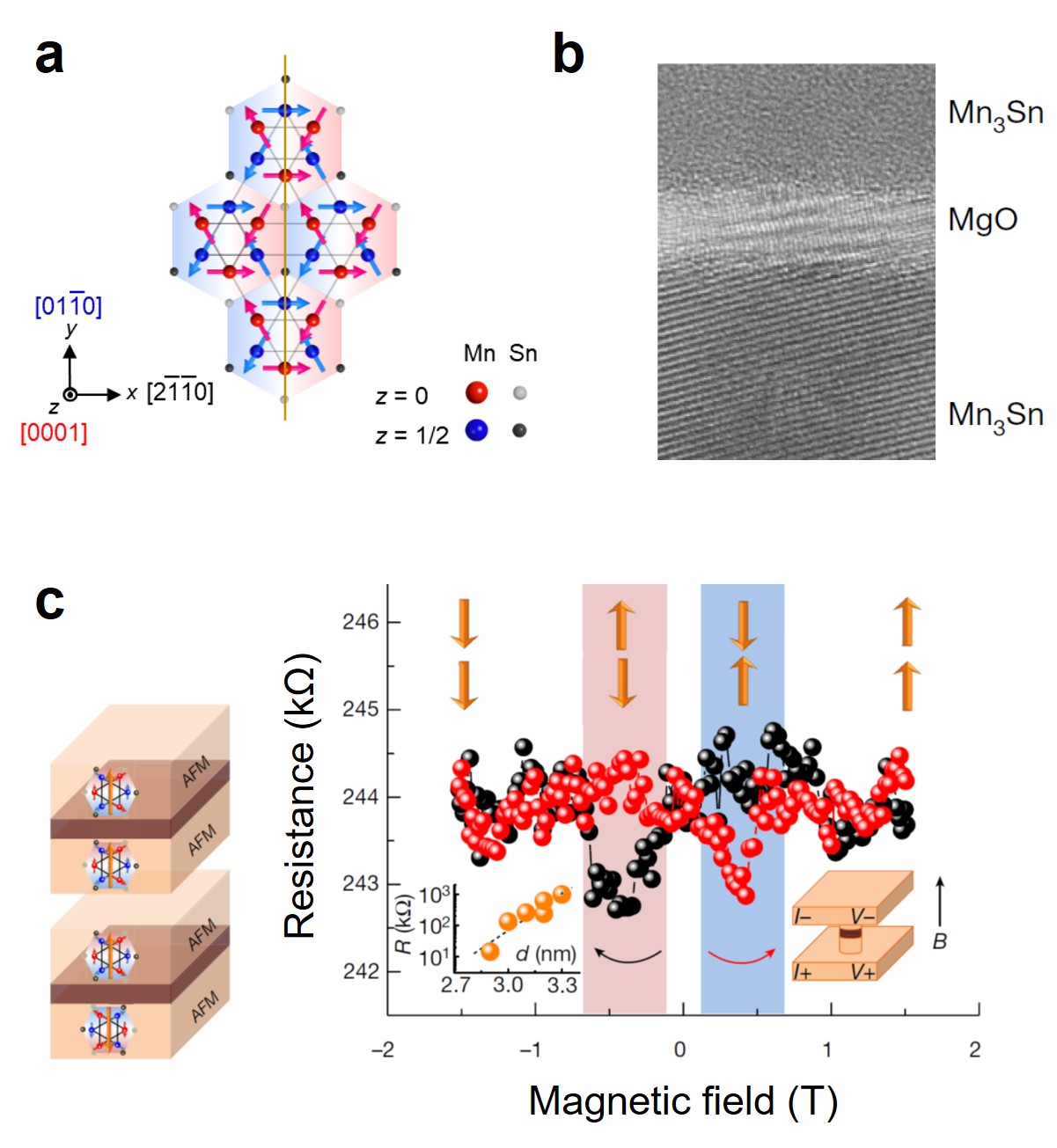Miwa Group

- Affiliation
-
Quantum Materials Group
(concurrent with Division of Nanoscale Science) - Course Adv. Mat., Frontier Sci.
Research Subjects
- Chiral molecular spintronics
- Quantum material spintronics
- Operando spectroscopy using pulse laser and synchrotron radiation
- Brain-inspired computing using spintronics
We are conducting experimental research on the physical properties of unique nanostructures. Specifically, we utilize ultrahigh vacuum thin film growth technology, a development from semiconductor engineering, to study multilayer devices composed of interfaces between different materials. Our focus is on the properties of “spin”, which become pronounced at the nanoscale. Our goal is to uncover new physical properties exhibited by novel material devices, to functionalize these properties, and to understand the underlying physics for creating device properties with significant effects at room temperature.
Recently, our research has concentrated on the chirality of materials. Chirality is a property that finds relevance not only in physics but also in chemistry, biology, and astronomy. We are especially progressing in research on spintronic devices that exploit the chirality of organic molecules. Additionally, we are investigating the device properties of topological antiferromagnetic materials—quantum materials—and developing “operando spectroscopy” techniques using femtosecond pulse lasers and X-ray spectroscopy.


